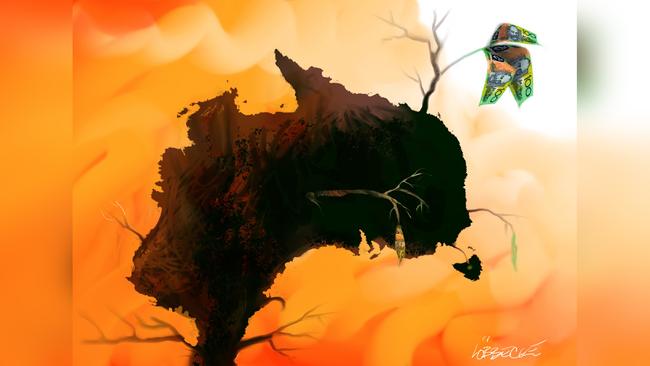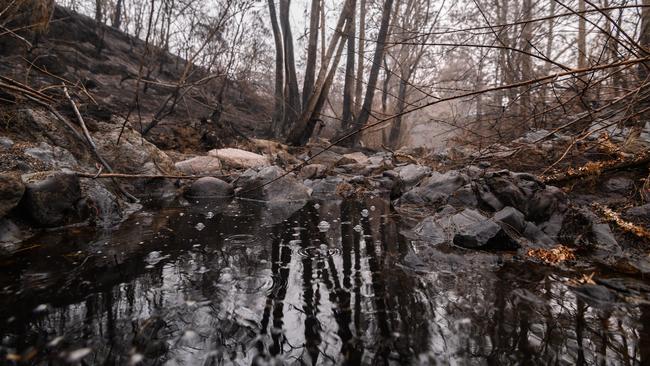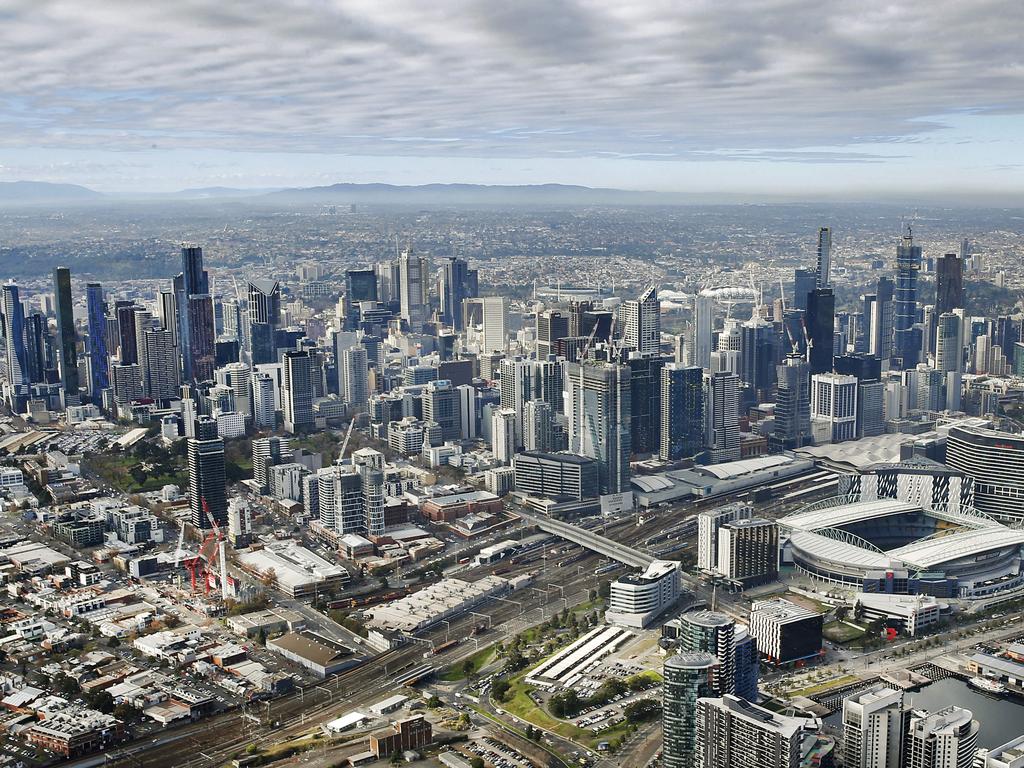
Australia could have become a fear-ridden place with people distrusting each other, arming themselves and law enforcement becoming more militarised.
None of that happened. Decades later it is not the brutality of the event nor the shooter that are referenced in global news coverage but Australia’s consequent firm policy reforms. After every US shooting, Australian gun reforms are hailed as an example of level-headed policy that put people before politics.
Instead of viewing Australia as a dangerous place that needs to be avoided, our country is seen as world’s best practice in dealing with gun violence. John Howard is rightly revered for these reforms.
Nobody would’ve benefited from finger-pointing, blaming or shaming. The world took note of the reforms and continued to view Australia as a safe place to visit and do business in. Brand Australia was ultimately strengthened in the aftermath of Port Arthur.
The current bushfires once again put Australia on front pages around the globe. People everywhere talk about the terrible loss of human and animal life. Donations keep flooding in.
What does all this mean for the property industry? We are aware of the many property losses. There is now serious talk about whether it is worth rebuilding some small towns. Most, if not all, towns will be rebuilt, and few residents will choose to move away. Local rebuilding and landscaping booms as a well as empathetic intrastate tourism will stimulate local economies in the short term.
Structural difficulties of surviving and striving as a small town lie further into the future. Besides the immediate human and animal victims and the property damages, this bushfire season is hurting the international brand of Australia and the local brand of regional Australia.
The images of burning towns and large fires rolling across the landscape will shape housing decisions of many people. All levels of government follow a population strategy of decentralisation. The goal is to channel population growth from Sydney and Melbourne to regional centres and smaller towns.
Without an infusion of new population, most regional and remote towns will struggle to keep essential services open as their population ages and few newcomers move in. At a certain population threshold, a town can’t maintain their little clinic, further shrinkage means the grocery store becomes unprofitable and eventually the local footy club struggles to field a full team. The life slowly gets sucked out of such towns.
Nobody wants that to happen. The Morrison government hands out skilled regional visas to encourage migrants to settle outside the major growth centres. This task is very difficult as the handing out of regional visas isn’t the same as creating regional jobs. Creating new jobs in the regions and encouraging people to move has become much more difficult after the fires.

Whether or not an individual regional town was affected by the fires doesn’t feature in the minds of people who have been exposed to images of whole towns on fire. People, especially city dwellers and people overseas, feel more exposed to fires in the country than they do in a city. While cities were perceived as dangerous places of crime in the past, they are now seen as fireproof urban fortresses.
Again, it doesn’t matter that in the open country fire escape routes are probably more accessible and less crowded or what the actual crime rates are. What matters is the public perception of Brand Australia and regional Australia in particular.
If our regions are considered as too dangerous because of fires, people won’t move there. Towns will suffer and the national goal of spreading population growth becomes near impossible.
To ensure growth and prosperity in regional Australia we need a large-scale response to the changing climate and fire conditions. Such a response needs to have the same symbolic power as the images of guns being destroyed after Port Arthur and must result in an equally strong policy shift.
Howard wrote himself into the history books with the gun reforms and changed Australia for the better. In a world of growing awareness about environmental issues (the Greta Thunberg generation isn’t even voting yet), Scott Morrison could write himself into the history books, too.
What might the impressive Morrison gesture look like?
The first part will be about fire management. Backburning regulations will be changed, and more funding given to fireys. It’s an easy win even though some cries of “too little, too late” will be heard.
The farthest end of the environmental movement hopes for a total ban of coal and other fossil fuels and wants Morrison to admit he has been wrong about climate change all along. It is undeniable that coal is a polluting source of energy. Eventually we will transition to cleaner energy sources. But we can’t just close existing mines and not honour contracts.
Let’s instead look to Norway, where huge offshore oil reserves are happily exploited, and its profits channelled into a sovereign wealth fund that invests into renewable energies and clean technology, creating many jobs in the process — a move currently unthinkable for many Aussie leftists.
The Norwegian model forces both sides of politics to let go of a few pet theories. The left must embrace a pro-business, capitalist approach to climate action. The right must acknowledge large-scale environmental reform is overdue.
Our national brand and our regional towns in particular rely on being perceived as safe and desirable places to live. A strong reform package, maybe modelled after the Norwegian approach, is needed to strengthen regional Australia’s brand. I view Norway’s approach to climate change as the only way in which conservative and progressive forces could agree on environmental reform.
Australia deserves a reaction to the bushfires that is as proactive as the gun reforms in the wake of Port Arthur. We want to replace images of a burning Australia with images of action and compassion.
Simon Kuestenmacher is co-founder and director at The Demographics Group.








In 1996 the Port Arthur massacre shocked the world as 35 lives were lost and endless unnecessary suffering was unleashed.